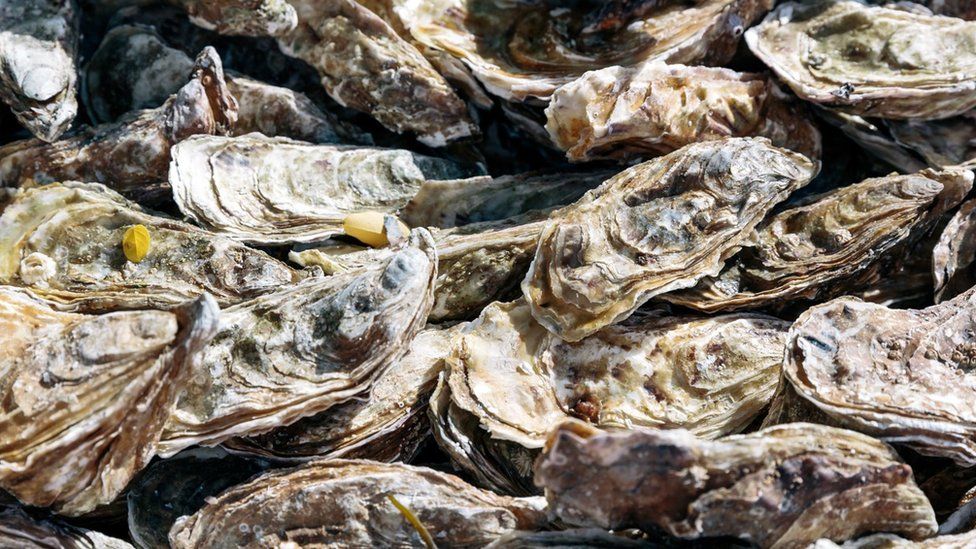Latest reports suggest that half a million native European flat oysters will be introduced to the estuary after being carefully nurtured by Wilder Humber, a partnership between Yorkshire Wildlife Trust, Lincolnshire Wildlife Trust and the green energy company Ørsted.
According to reports, the restoration project is the first of its kind in the UK and a key component in a desperate battle to restore Britain’s coastal waters to how they were before being blighted by overfishing and pollution.
Globally, at least 85% of oyster habitat has been lost. Closer to home it is even worse. A map made in 1883 showed oyster beds skirting the British Isles with a thick belt in the Channel but now in Europe only an estimated 1% of native flat oysters remain.
They were a cheap and easy food source going back at least as far as Roman times, indicated by the number of shells found in archaeological digs, with lots of Victorian writing mentioning the ubiquity of the bivalve.
“Thinking about this history really ties people to the conservation,” said Kieran McCloskey, the marine restoration manager at Wilder Humber, adding that getting people to care about oysters was part of the challenge of restoration.
In many estuaries, oyster beds were deliberately destroyed – at times with explosives – because they caused obstructions to ships. Pollution from groundwater runoff has also played a part, as has air pollution from fossil fuels.
The Humber estuary is “one of the most important marine habitats in the region”, said Dr Boze Hancock, a senior marine restoration scientist on the global oceans programme at the environmental organisation the Nature Conservancy.
It is unusual for a species to be categorised as “collapsed”, which is a classification more severe than endangered. This means, unlike in restoration schemes where nature can be relied upon to repopulate when left to its own devices, oysters will need to be physically reintroduced.
“With a completely collapsed ecosystem in the UK, you have to put the biology back,” said Hancock. “It’s a case of reversing the process of fishing it out.”
It is important because one adult oyster can filter 200 litres of water in a day and just one hectare of oyster reef supports three tonnes of other marine life every year.
Story was adapted from the Guardian.
